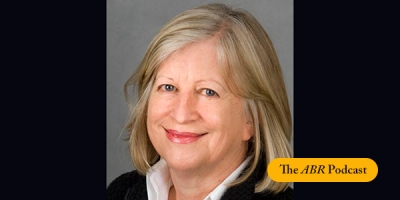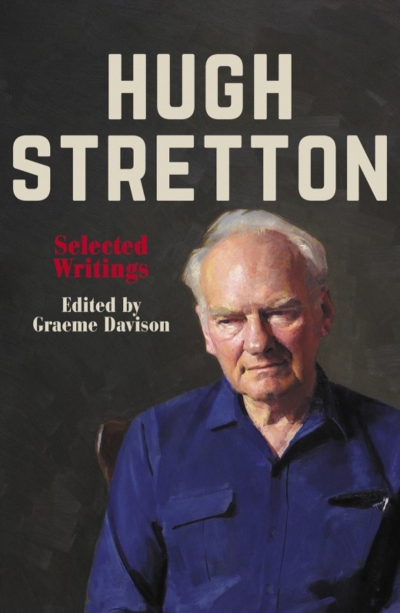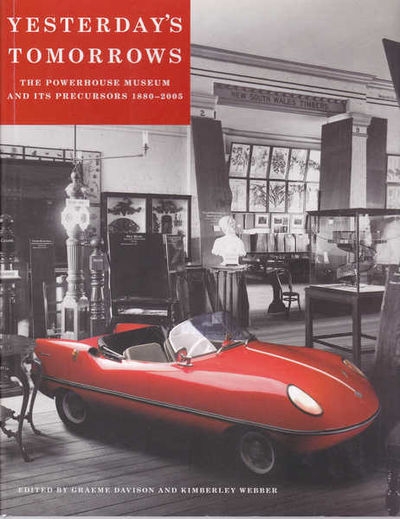Graeme Davison
In this week’s ABR Podcast, Marilyn Lake reviews My Grandfather’s Clock: Four centuries of a British-Australian family by historian Graeme Davison. Lake argues that Davison has produced an ‘uncommonly good family history’, in part because of the broader history he tells. Marilyn Lake is an Honorary Professorial Fellow in History at the University of Melbourne. Listen to Marilyn Lake’s ‘The ancestors: An uncommonly good family history’, published in the November issue of ABR.
... (read more)My Grandfather's Clock: Four centuries of a British-Australian family by Graeme Davison
Emperors in Lilliput: Clem Christesen of Meanjin and Stephen Murray-Smith of Overland by Jim Davidson
by Graeme Davison •
Asbestos in Australia: From boom to dust edited by Lenore Layman and Gail Phillips
by Graeme Davison •
Trendyville: The Battle for Australia's inner cities by Renate Howe, David Nichols, and Graeme Davison
by Frank Bongiorno •
Lost Relations: Fortunes of My Family in Australia's Golden Age by Graeme Davison
by John Thompson •
University Unlimited: the Monash Story by Graeme Davison and Kate Murphy
by Brenda Niall •
Yesterday's Tomorrows: The Powerhouse Museum and its precursors 1880-2005 edited by Graeme Davison and Kimberley Webber
by John McPhee •
Car Wars: How the car won our hearts and conquered our cities by Graeme Davison
by Gideon Haigh •










